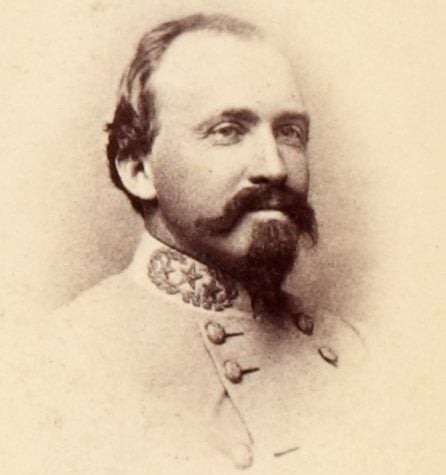Women fighting on the Confederate front line in the Civil War? Yes! Women weren’t legally allowed to fight, but an estimated 400 to 750 women from the North and South disguised themselves as men and fought on the battlefields without anyone ever discovering their true identities.
The Confederacy had no age requirement for joining up. If you had teeth in your head, and could hold a musket, you were a fine candidate. Women could put on loose clothes, cut their hair short, rub dirt on their faces, and enlist easily. Keeping to themselves helped to maintain the secret. Women were as good at learning ways of a soldier as easily as any of the inexperienced young men, so they blended in well.
Why did they want to join the fight? Women were supposed to be frail, subordinate, and passive about public matters. No so! They had the same desires as men: show patriotism, protect a way of life, share in the trials of loved ones, thirst for adventure, or a promise of wages.
Loreta Janeta Velazquez was one of these spunky, brave, fighting female Confederate soldiers. Born in Cuba and schooled in New Orleans, she eloped with an officer in the Texas army at age 14. When Texas seceded in 1861, her husband joined the Confederate cause. She begged to go with him, but when he refused, she made her own plan. Velazquez had a uniform made and disguised herself as a man, took the self-proclaimed name and rank as “Lieutenant Harry T. Buford.”
She raised a regiment of volunteers in Arkansas, located her husband in Florida, and took the men to him, passing herself off as their commanding officer. (There is no record of her husband’s reaction, but one can only imagine.)
Her soldiering career included fighting at the Battle of First Manassas (Bull Run) and the Battle of Ball’s Bluff. Later she put on female civilian clothes to become a spy in Washington.
She returned to the battlefield in Tennessee and was wounded in the foot. Fearing she’d be found out by the camp doctor, she fled home to New Orleans. On the way, she was arrested for being a Union spy, was cleared of the charges, fined for impersonating a man, and then let go.
Later on in the Battle of Shiloh, she was wounded in the side by an exploding shell. This time an army doctor discovered her true identity, and she decided to end her career as a combat soldier.
Not content to sit out the rest of the war at home, she volunteered as a spy and traveled freely between the North and South using both male and female disguises, collecting valuable data for the Confederates.
Needing money to support her child, she published her memoirs, The Woman in Battle. Many felt the book was pure fiction, but modern scholars have found a good deal of it to be quite accurate.
She dedicated it to her Confederate comrades “who, although they fought in a losing cause, succeeded by their valor in winning the admiration of the world.”




More Stories
General Dwight D. Eisenhower’s Reflection on Robert E. Lee
Sad Woke Charlottesville liberals Melt down infamous statue of Robert E Lee
NC Appeals Court rules for Town of Louisburg in removal of Confederate monument